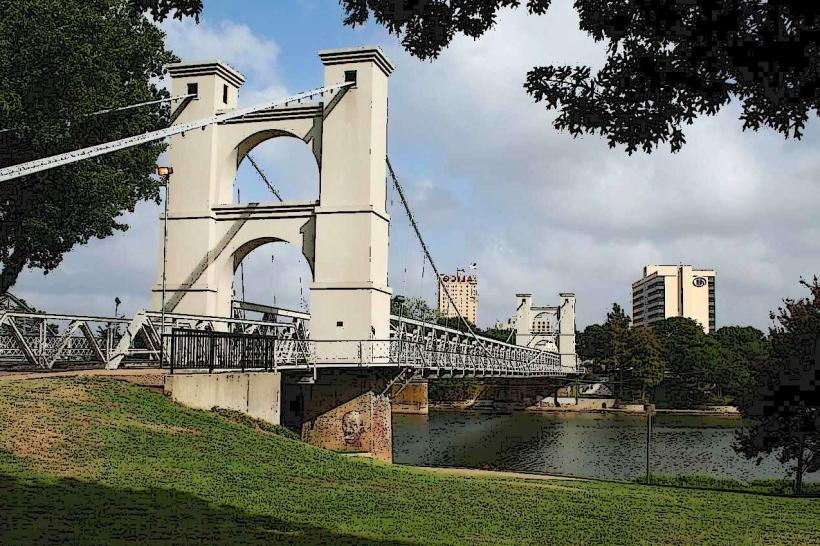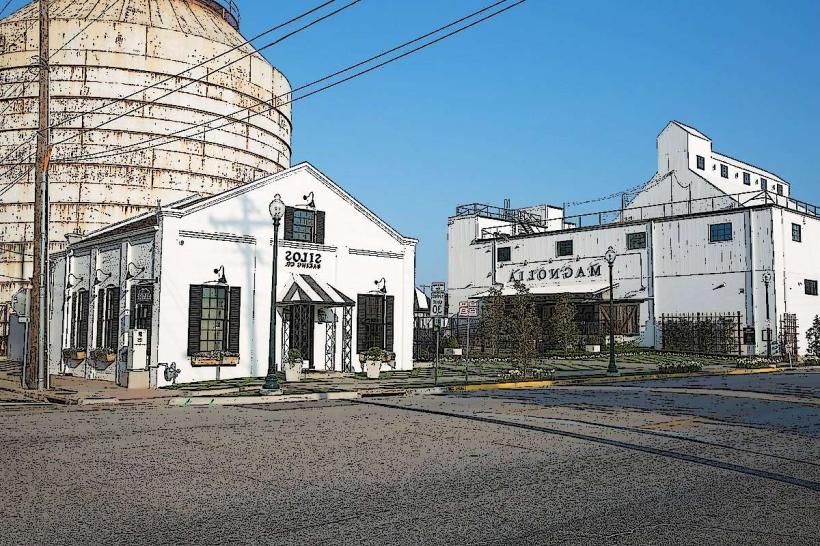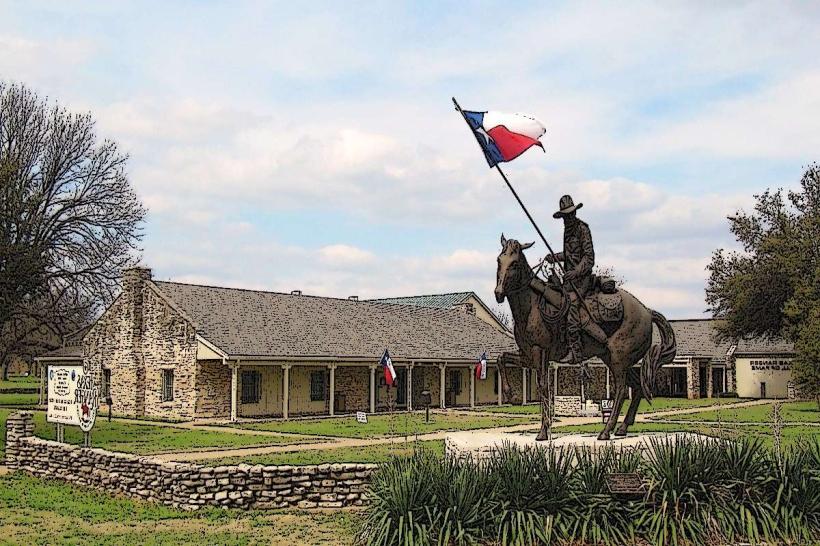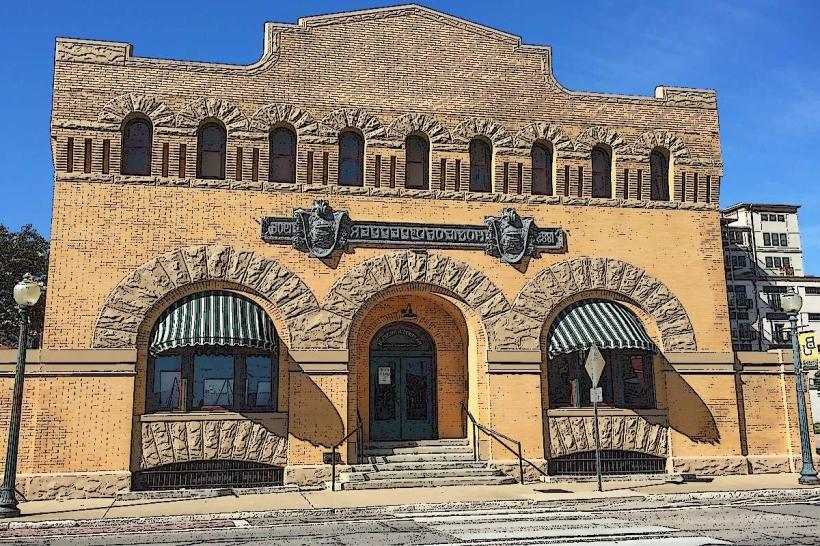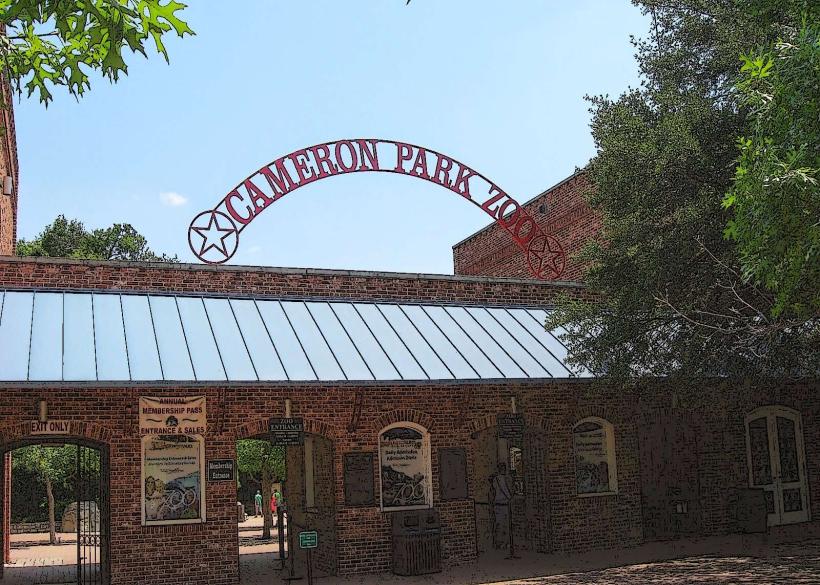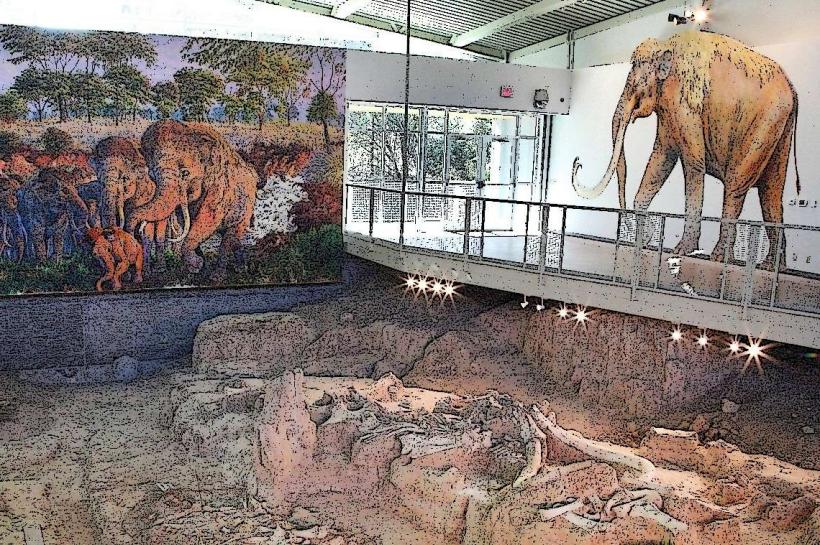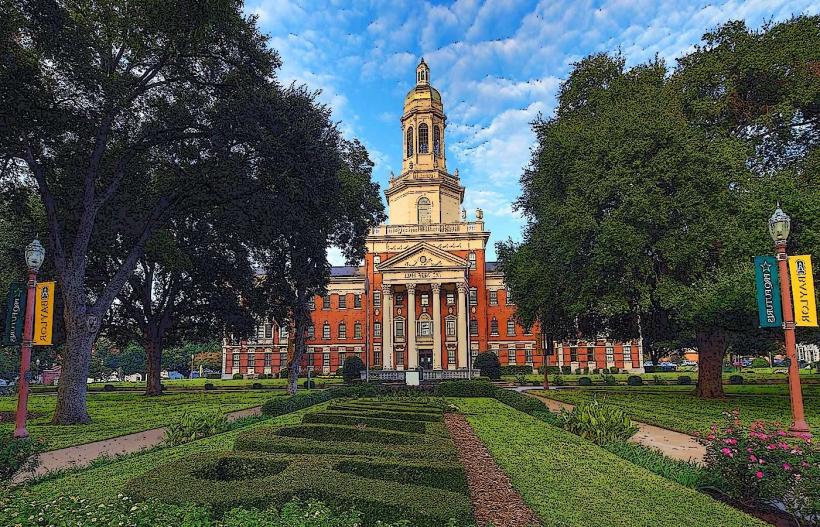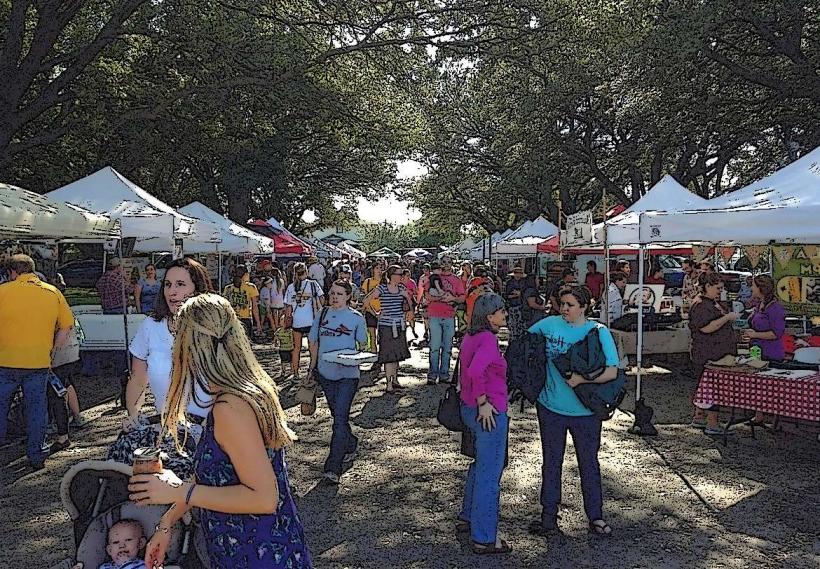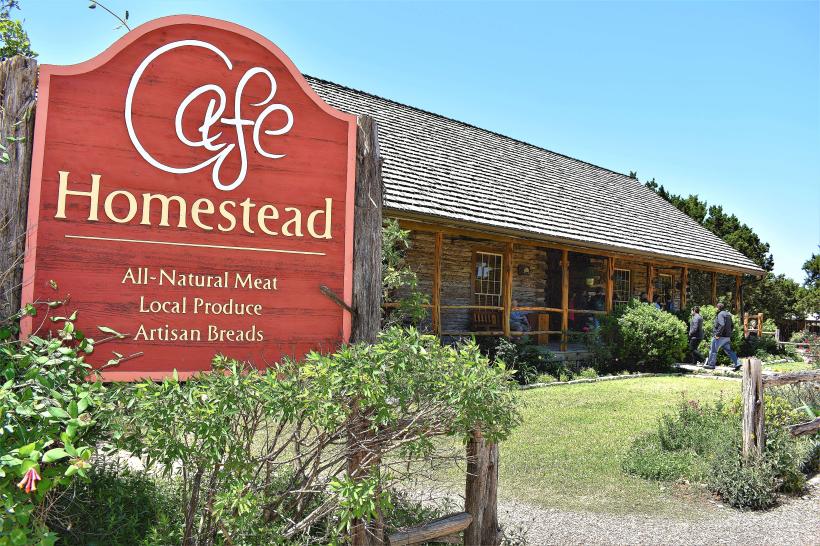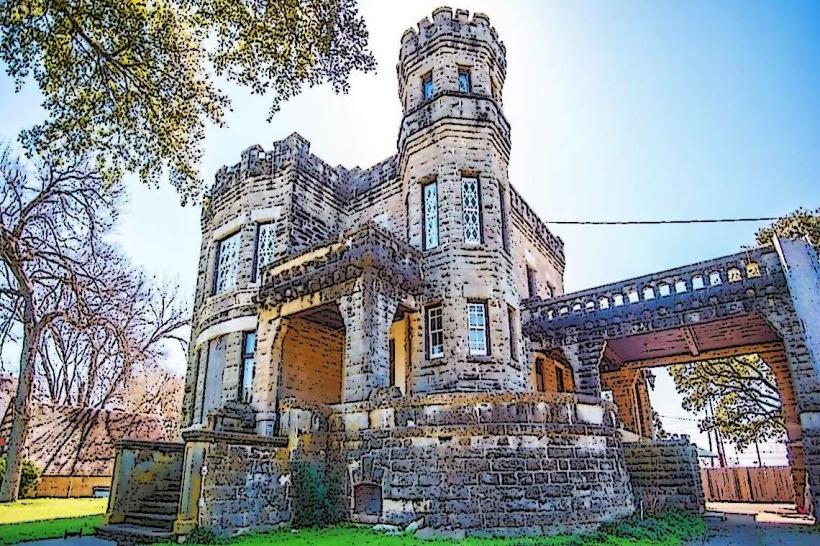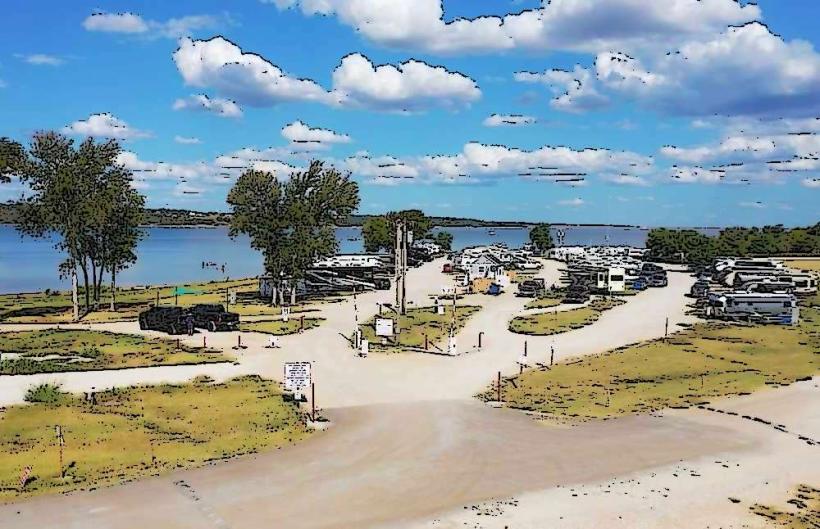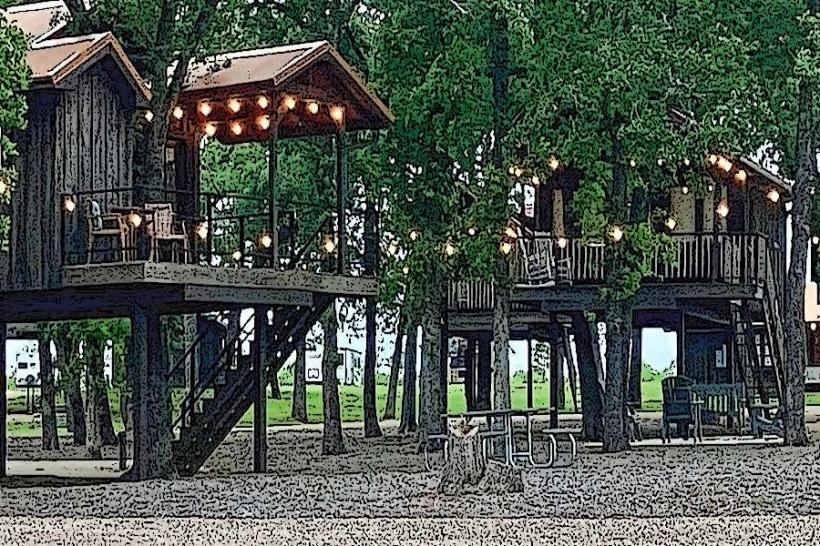Information
Landmark: Mayborn Museum ComplexCity: Waco
Country: USA Texas
Continent: North America
Mayborn Museum Complex, Waco, USA Texas, North America
The Mayborn Museum Complex is a premier educational and cultural institution located on the Baylor University campus in Waco, Texas. Designed to inspire curiosity across ages, the museum blends natural science, cultural heritage, hands-on learning, and immersive exhibits. It functions as a teaching museum for Baylor students while also welcoming over 100,000 public visitors annually.
Founding and Purpose
The Mayborn Museum Complex opened in 2004, uniting several predecessor institutions:
Strecker Museum: the oldest continuously operating museum in Texas until 2003, housing extensive natural science and archaeology collections.
Ollie Mae Moen Discovery Center: a hands-on science and children’s museum founded in the 1960s.
Governor Bill and Vara Daniel Historic Village: a preserved 1890s rural Texas village transferred from Liberty, Texas.
The museum’s goal is to foster interdisciplinary education and regional heritage preservation, combining university-level scholarship with family-friendly interactivity.
Building and Layout
The museum spans approximately 143,000 square feet and includes:
Permanent exhibit halls on natural history and regional culture
A two-story discovery center for children’s hands-on learning
Rotating special exhibitions
A research and collections wing
The Governor Bill and Vara Daniel Historic Village, a nine-structure outdoor exhibit
It is a Smithsonian Affiliate, giving it access to national traveling exhibits, artifact loans, and educational resources.
Key Permanent Exhibits
1. Natural and Cultural History Exhibits
Waco Mammoth Site Exhibit: Replicates the in-situ fossil layout of a Columbian mammoth nursery herd, with life-size casts and detailed interpretations.
Cretaceous Sea: Showcases fossils and reconstructions of marine reptiles and sea life from the era when Central Texas was underwater, including a massive pliosaur model.
Strecker’s Cabinets of Curiosities: Evokes the 19th-century model of natural history collecting, featuring taxidermy, oddities, and rare geological specimens.
Hall of Natural History: Includes dioramas of local habitats such as prairies, forests, and caves with native wildlife and detailed settings.
Texas Lifeways: Explores the diverse living traditions of Indigenous, immigrant, and settler groups through full-scale replicas of dwellings including:
Waco Indian grass house
Norwegian rock house
Comanche tipi
German log cabin
2. Children’s Discovery Center
A two-floor interactive wing with themed rooms designed to promote inquiry-based learning. Key features include:
Invertebrate and vertebrate fossil digs
Water table and bubble science areas
Simple machines and construction exhibits
Light, magnetism, and weather stations
Ideal for families, school groups, and young learners, the Discovery Center integrates STEM education with play.
Governor Bill and Vara Daniel Historic Village
Located behind the main building along the Brazos River, this nine-building outdoor complex recreates a late 19th-century rural Texas village. Buildings include:
One-room schoolhouse
General store
Church
Seated home
Log cabins
Blacksmith shop
The village is used for historic interpretation events, reenactments, and seasonal programs. Docents and costumed interpreters sometimes demonstrate activities like quilting, butter-churning, or woodworking.
Temporary and Rotating Exhibits
The museum frequently hosts traveling exhibits on science, history, and art, brought in from institutions such as the Smithsonian and Science Museum of Minnesota. Past topics have included:
Space exploration
Dinosaurs and megafauna
Ancient Egypt
Environmental sustainability
The museum updates its gallery space to reflect contemporary themes or to showcase local and student research.
Educational Programming
Field Trips and Tours: Serves thousands of Central Texas students yearly with curriculum-aligned visits.
Workshops and Camps: Offers science and art-focused programs during school breaks.
Public Lectures: Hosts Baylor faculty and guest scholars to discuss topics in anthropology, paleontology, and museum studies.
Internships: Provides Baylor students hands-on training in curation, collections management, and museum education.
Research and Collections
Behind the scenes, the museum maintains a collection of over 175,000 specimens and artifacts in fields including:
Paleontology (notably Ice Age and marine fossils)
Ethnography (including Native American and Texas settler materials)
Historical documents, tools, and textiles
Researchers from Baylor and other universities use the collections for academic study. The museum also collaborates with the Waco Mammoth National Monument for paleontological research and education.
Access, Hours, and Admission
Location:
1300 S. University Parks Drive, Waco, TX 76706
(Between the Brazos River and Baylor’s campus)
Hours:
Monday–Saturday: 10 AM – 5 PM
Sunday: 1 PM – 5 PM
Closed major holidays
Admission:
Adults: $10
Children (ages 2–12): $8
Seniors (65+): $9
Baylor Students and Museum Members: Free
Group discounts and field trip rates are available.
Community Impact and Recognition
The Mayborn Museum is a cultural anchor in Central Texas, fostering public understanding of regional identity and global science. Its Smithsonian affiliation, robust educational offerings, and deep local partnerships have positioned it as a model for university-community engagement.
Plans for future expansion include:
The Cultural Crossroads exhibit (2026), focused on Central Texas’s multicultural heritage
Upgrades to accessibility and interactive technology
Deeper integration with digital learning platforms
Whether you're a child discovering fossils for the first time, a student learning Texas history, or a researcher examining Ice Age bones, the Mayborn Museum offers a deeply engaging experience rooted in discovery.

